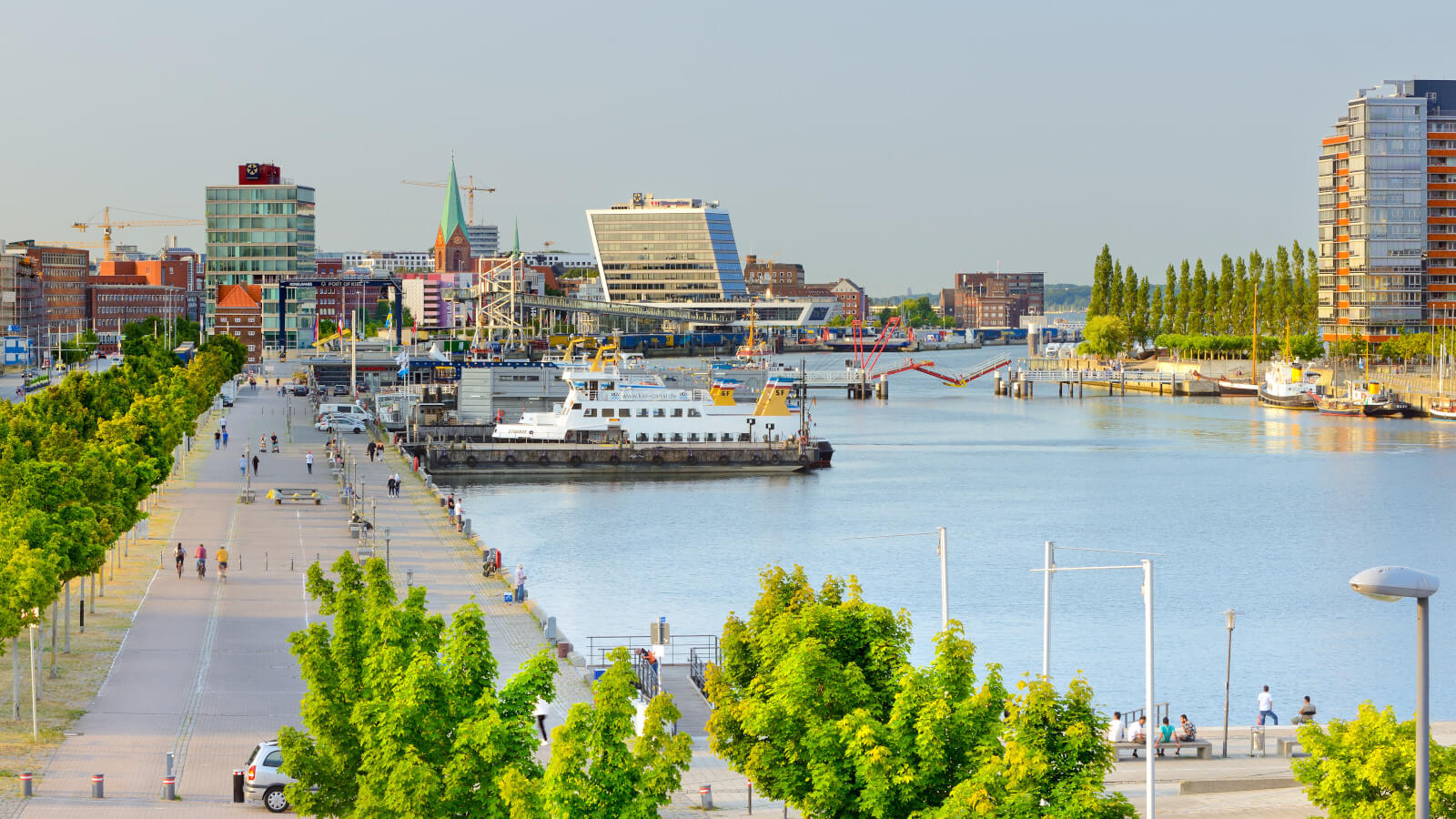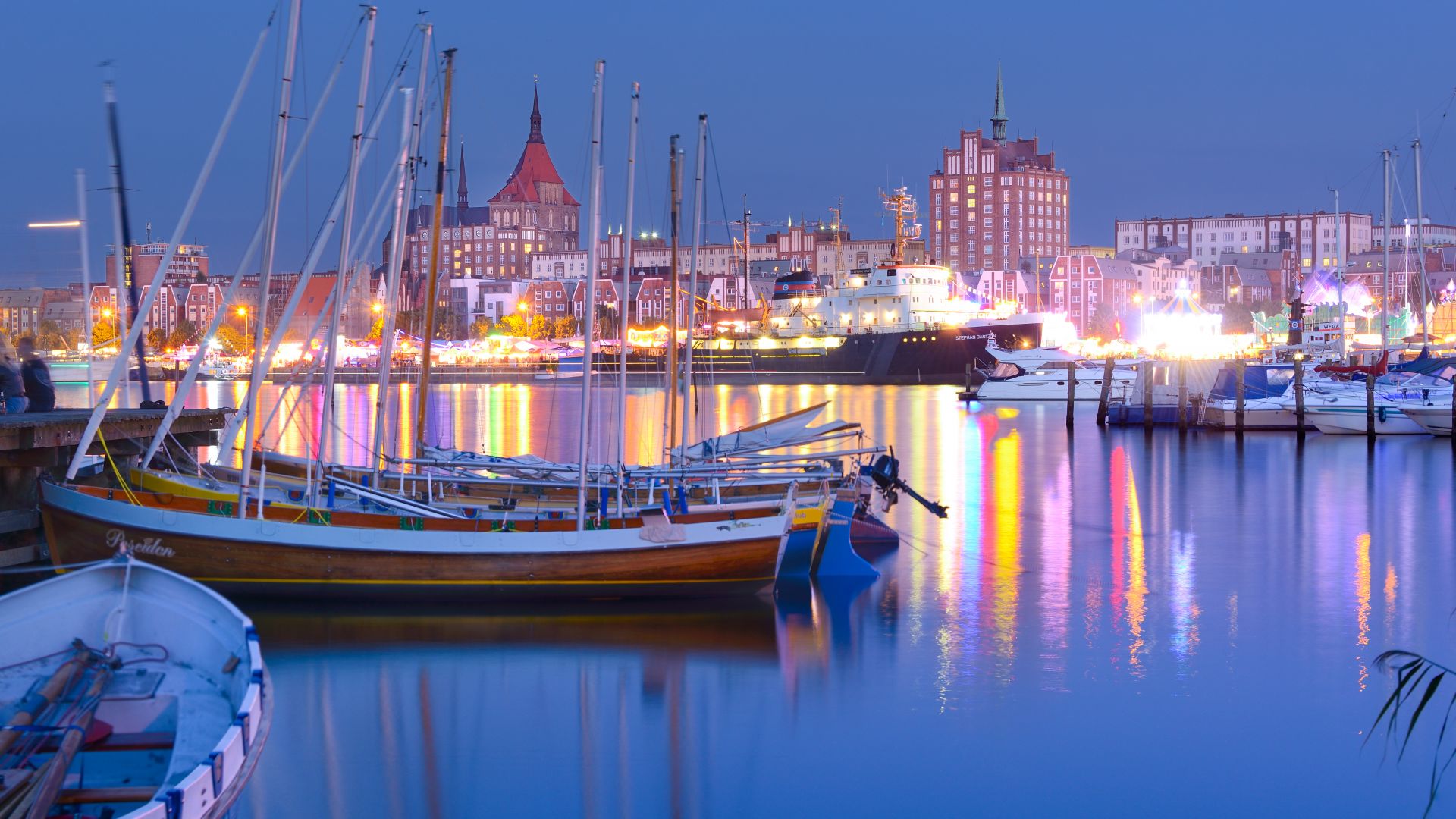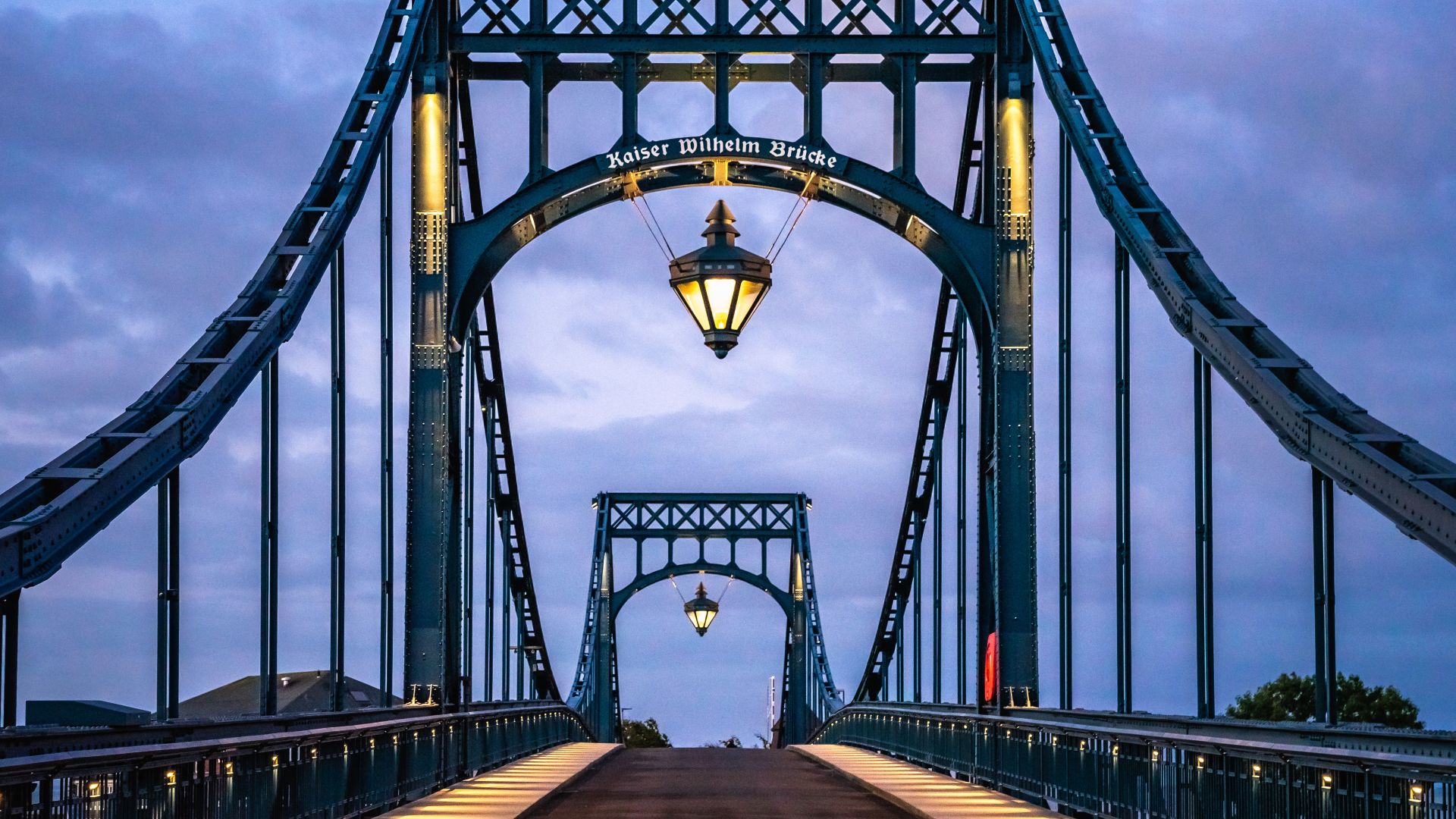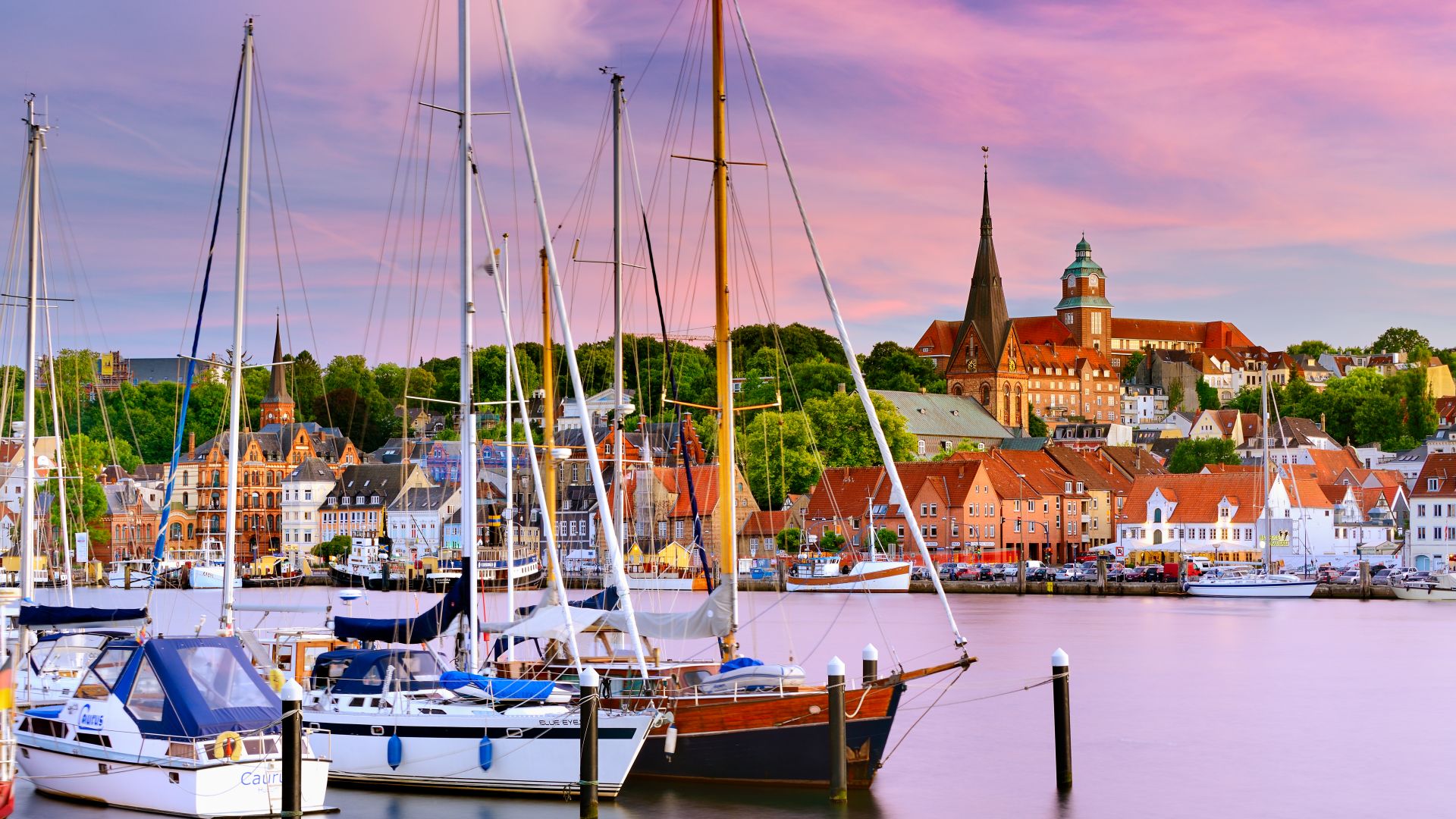Cities & Culture
Towns on the North and Baltic Seas: sightseeing with seaside scenery
Seaside or city break? That's often the dilemma. If you're reluctant to choose between the two, you'll be pleased to hear that some destinations on the North Sea and Baltic Sea combine both. In addition to architecture, culture and urban flair, they also offer nearby beaches – seaside ambience in all its facets.
Kiel: life on, in and with the water
 Kiel: Schwedenquay with Ostseequay and St. Nikolai Church
©DZT (Francesco Carovillano)
Kiel: Schwedenquay with Ostseequay and St. Nikolai Church
©DZT (Francesco Carovillano)
Anchors aweigh! At harbour festivals, even landlubbers can get a real taste of the sea air. And nowhere does this work better than at Kiel Week which describes itself as the largest sailing event in the world. It is the largest summer festival in northern Germany and includes a unique open air children's cultural programme. In any weather and at any time of year, the Aquarium GEOMAR offers insights into maritime worlds. The seals alone are a real treat. There's even more to look at on a stroll along the Kiellinie, the promenade on the western shore of the fjord frequented by ferries, freighters and yachts, which reaches far into the heart of the city. Inland, however, there is also plenty to discover: from the historic palace garden and the truly outstanding town hall with its 106-metre-high tower, to the brick-red opera house built in Art Nouveau style.
Rostock: more river than sea
 Rostock: City harbour
©DZT (Francesco Carovillano)
Rostock: City harbour
©DZT (Francesco Carovillano)
The Strandkorb is the ultimate symbol of seaside holidays in Germany. And who invented it? Wilhelm Bartelmann. Where? That's right – in Rostock. In 1884, in the Warnemünde district, he opened the first beach chair rental service. It is clear that even nowadays many book themselves in there to gently mock the sandcastle builders and/or cruise ships. But there is even more going on along the Warnow, which winds like a wide ribbon right through the Hanseatic city before it widens into a lagoon and flows into the Baltic Sea. Perfect conditions for boozy fun, especially for the many students. Along the promenade at the city harbour, people enjoy picnics, party, grab a fish roll or two fresh from the fishing boats, and – since 2021 – go wakeboarding and paddleboarding in the city's unique water park. Watersports in the city river – so cool! But you can also reach the nearby, beautiful Old Town with dry feet, to view its many historic buildings created in the North German brick Gothic architectureal style.
Wilhelmshaven: mudflats for maritime lovers
 Wilhelmshaven: Kaiser Wilhelm Bridge at dusk
©AdobeStock (Michael Schelhorn)
Wilhelmshaven: Kaiser Wilhelm Bridge at dusk
©AdobeStock (Michael Schelhorn)
When an entire city is named after Kaiser Wilhelm I, it is not surprising that its landmark also bears his name. The iron Kaiser Wilhelm Bridge stretches and pivots over the Great Harbour, where numerous sailors and boat owners from all over Europe moor every year. They're sure to stay longer, as there's a lot to see in this small but lovely town on the Jade Bay. The Wilhelmshaven Maritime Mile promises action-packed activities, from the famous German Naval Museum to the World Heritage Wadden Sea Visitor Centre, which also offers plenty of interactive features. For the sportier-minded, pack your swimming trunks, rubber boots and a fishing net and head to the mudflat beaches to the north – with views of Wangerooge and Spiekeroog Islands – or the green peninsula of Butjadingen, from which you can sometimes see the much more urban Bremerhaven at the mouth of the Weser.
Flensburg: a score for the far north
 Flensburg: The marina and the old town with St. Mary's church
©DZT (Francesco Carovillano)
Flensburg: The marina and the old town with St. Mary's church
©DZT (Francesco Carovillano)
Germany's northernmost town, just a short sail from the Danish border, looks back on a history of over 800 years. And that, as you learn on the five-kilometre-long "Flensburg Captain's Route" through the town centre, is jam-packed full of exciting events – not only in terms of its long affiliation with Denmark, but also due to its exports. These used to be salted herrings and rum (hence the annual Rum Regatta), but these have since been taken over by Bügelverschluss beer, and by exports from the German Federal Motor Transport Authority. Its maritime flair, however, has remained. On the quay facing the fjord, next to the Old Town full of gabled houses and captains' houses, you can find quaint taverns and the historic shipyard with its creaking sailboats. In the Phaenomenta around the corner, visitors get to click and marvel. As the first science centre in the country, it introduces children to the world of mathematics and physics through play.